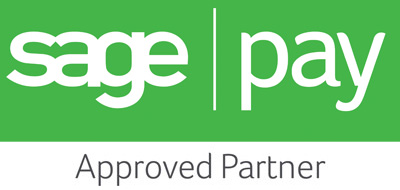Leapfrog Cookie Based Data Collection In 5 Ways
Third-party cookies might be around for a few more months but in the marketing industry we're already working round the problem of data collection. Simply put, website owners will no longer have access to third party cookie data, which would tell you information about each person who visited your website. This is what's used to provide targeted advertisements to individual users based on their browsing history (so if you look at holiday destinations you'll see more ads about flights, that destination, and even holiday related products like luggage scales).
If advertising services can no longer tell the interests a person has based on access to their browsing history we may see a reduction in the popularity of Google AdWords demographic and interest based campaigns and similar PPC offerings as they won't be as closely targeted as was once the case (although a carefully crafted keyword based campaign will still offer up benefits).Social media advertisements won't be as affected in the same ways, because people willingly share data like their location, hobbies, preferences and dislikes through the course of normal social media use.
Companies will have to find other ways of advertising to interested prospects once their PPC activities are no longer working (although one shouldn't dismiss keyword-based marketing). One of the best ways to do this is to take marketing back to basics and speak to customers through other channels and in different ways, but how do you get the data to do this?
- Use social media advertising more effectively. You can advertise to existing customers or fans of your page, and you'll be able to target social ads to people with declared interests or “likers” of certain pages, as well as geographically and according to time of day, as is already the case.
- Use the social landscape to build a solid opt-in database for email marketing campaigns and product announcements. By targeting your communications on social media you can persuade people to hand over their data in return for something of value. A free resource, promotional code or other incentive can be exchanged for an opt-in to your future marketing communications and it starts a loyal relationship at the same time.
- Create a social community. A community page, user group or other online space dedicated to customer experiences or tips on product use is a great way to build loyalty (and provide value for members).A closed community is a fantastic place to provide exclusive resources, downloads and other content that your customers want. Once they're part of the community they will want to stay as long as it benefits them in some way.
- Offer value and entertainment. Quizzes, video clips and other entertaining content is a great incentive for people to engage with you (and hand over their contact details).The more engaging your content, the more likely it is to be shared with their network so you're able to reach more people and get them to sign up to your email newsletter, or join your community.
- Be a great listener. People love to have their opinions heard, so give them the chance to express their views and, provide their data in the process. There's a fine line between being interested in the customer experience and pestering them with endless “how did we do?” messages, so don't insist on satisfaction surveys and feedback after every single interaction. Be respectful of their time and ask for feedback in a single, well-timed message.
Using these ways of building a solid opt-in database, and an active online community of people willing to engage, means companies can market very effectively without needing to fall back on third-party reliant methods. This community based marketing is very much the zeitgeist of modern marketing, so get started with Parua now and be a community pioneer.
